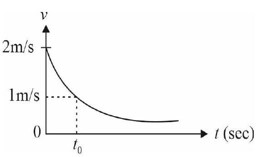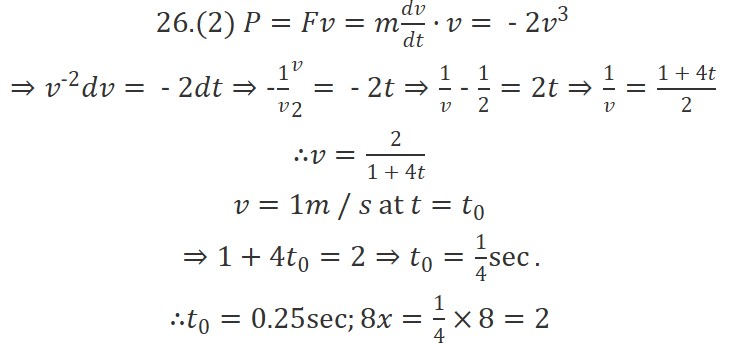Physics
Get insights from 5.6k questions on Physics, answered by students, alumni, and experts. You may also ask and answer any question you like about Physics
Follow Ask QuestionQuestions
Discussions
Active Users
Followers
New answer posted
2 months agoContributor-Level 10
As observer is at O So height of water observed by observer
given diagram (17.5 H) is height of observer
7H = 70
H = 10
New answer posted
2 months agoContributor-Level 10
It's the energy that is needed for a change of state to transition from one substance or physical state to another. Remember that the main condition for latent heat is that there is no temperature change when the energy is absorbed or released.
New answer posted
2 months agoContributor-Level 10
You will be seeing these temperature plateaus appearing on the heating curve at the main melting and boiling points. The reason for that is the energy reaches latent heat. And we know that latent heat is the energy that lets phase transitions occur without increasing the temperature.
Taking an Exam? Selecting a College?
Get authentic answers from experts, students and alumni that you won't find anywhere else
Sign Up on ShikshaOn Shiksha, get access to
- 65k Colleges
- 1.2k Exams
- 679k Reviews
- 1800k Answers





